Getting Deaf Consumers the Same Information as Everyone Else
Strapped into my seat on a wide-body Boeing 777, I got bored with eleven hours left on my red-eye trans-Pacific flight.
Watching the plane cross the earth on a polar route on the airline computer screen — one pixel at a time — was about as interesting as watching paint dry.
I tried to sleep.
But I couldn’t quite doze off.
My crappy airplane pillow — one of those thin white ones they give out for long haulers — didn’t give enough neck support.
The big and sweaty American, already fast asleep with his mouth hanging open, had taken over the entire armrest with his hairy and greasy arm. So I couldn’t quite get comfortable enough to sleep.
Even so, every time I began to doze, a few ill-timed bumps of turbulence woke me right back up.
Subtitles on Airplane Movies
Annoyed, I poked around on the screen in front of me, looking for a halfway decent movie to watch.
While looking at one of the choices, I just remembered that the Guardians of the Galaxy 2 was coming out in April 2017. I decided to catch up on the first movie again before seeing the sequel.
Thirty seconds in, the captions came on. But they weren’t in English. They were in Chinese.
Which made sense, considering I was flying EVA Airlines on the way to Taipei.
At least they caption them for the Chinese audience, I thought.
Fiddling with the controls — I could not find captions for English. Only Korean and Chinese options were available.
On the other hand, I found other movie choices with English subtitles. They were foreign movies made in Chinese, Japanese or Korean.
On flights like mine, American movies with spoken English make subtitles available for other languages but not English.
This is true in foreign countries that don’t speak English. For instance, if you are in a Mexican theater watching a Hollywood-produced movie, you’ll see Spanish subtitles for the Hispanic audience who cannot understand English.
Foreign movies, on the other hand, sometimes use English subtitles. Train to Busan, for example, a Korean-made movie, had both English and Thai subtitles — at the same time — when I watched it in a theater in Bangkok.
So, of course, I opted to watch a foreign movie. In some ways, it was a refreshing breath of fresh air over the same and tired good-hero-defies-the-laws-of-physics-to-beat-the-bad-guys Hollywood scripts.
Captions in Movie Theaters
Even if airlines were subject to U.S. laws requiring the use of captions on their movies, this wasn’t something you could complain to the stewardess about — let alone have it resolved within a few minutes at 35,000 feet up in the air.
Intentionally making a scene about it could result in the plane getting diverted and possibly an arrest. Yes, of course, I know we should stand up for our rights. We deserve no better. I'm not suggesting otherwise. But there has to be a better way than earning the hate from 300 passengers for inconveniencing them -- and there is. That's what Beyond Tone is here for.
At least, in an American movie theater on the ground, you could complain to the manager and have captioning issues fixed within a few minutes in most cases. Yes, you’d miss the first few minutes of the movie — but you’d either get a full refund or some free tickets as an apology, on top of watching the rest of the movie with the captions you want.
OK, I know of a few really egregious cases where the movie theater simply didn’t give a shit.
For example, I once missed an entire movie because management was too slow to resolve an battery-related problem with the captioning device. Needless to say, I never went back. I named and shamed them to make sure others knew about their unsympathetic customer service.
But I digress. Captions are only part of the picture.
PA announcements at airports also need to be made more deaf-accessible and visual.
I missed my flight one time because I didn’t hear the announcement saying they changed the gate.
Information Equality
As in many real life situations, there are many online content hubs that haven’t strived for information equality with consideration of the large and increasingly vocal deaf audience.
Unfortunately, the habit of some industries and advertising firms not offering captions or subtitles for the deaf community still persists to this day.
We would like to channel the same options and same information to deaf consumers as the mainstream audience — through captions, sign language or both — not just in airline movies, but also for any video content available online.


